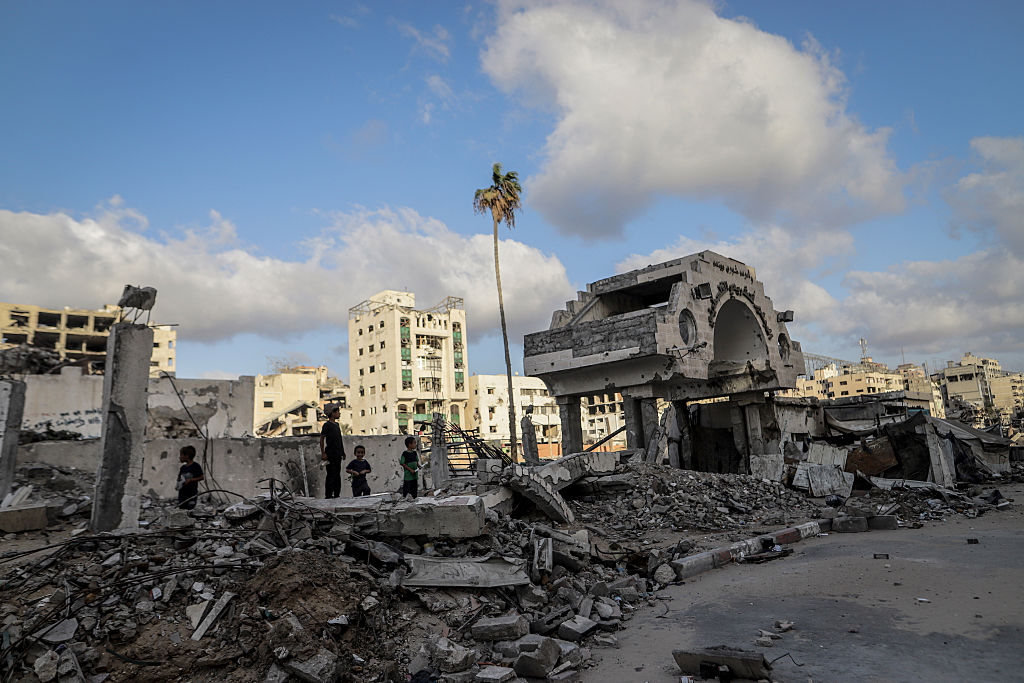Today marks two years since Hamas carried out its unprecedented assault on Israel , a strike that killed around 1,200 people and triggered a conflict that has since reshaped the geopolitics of West Asia. The anniversary coincides with ongoing negotiations in Egypt over President Donald Trump’s ceasefire initiative, which offers a faint yet significant prospect of ending a war that has taken tens of thousands of lives.
In the early hours of October 7, 2023, Hamas launched a highly coordinated offensive from Gaza that shattered Israel’s sense of security. More than 2,200 rockets were fired within minutes, overwhelming the Iron Dome defence system, while hundreds of militants breached the fortified border using vehicles, motorbikes, and paragliders to infiltrate Israeli communities.
The gunmen attacked over 20 towns and villages, including kibbutzim and small urban centres, unleashing horrific violence on civilians. The deadliest single episode occurred at the Nova music festival near the Gaza border, where 378 people were killed. The assault left roughly 1,200 Israelis dead , mostly civilians , and 251 hostages taken, among them children and foreign nationals.
Israel’s response was immediate and extensive. Within hours, it launched Operation Swords of Iron, one of the most intense military offensives in the region’s modern history. Air strikes pounded Hamas strongholds, reducing neighbourhood across Gaza to rubble. By early 2024, Israeli ground troops had entered Gaza City and Jabalia, engaging in fierce street battles. The campaign systematically targeted Hamas’s command structure. In January 2024, Saleh al-Arouri, a founder of Hamas’s Qassam Brigades, was killed in a drone strike in Beirut. Six months later, in July 2024, Hamas political chief Ismail Haniyeh was assassinated in Tehran , a strike that brought the conflict to Iran’s doorstep and signalled a new level of escalation.
The human toll has been devastating. Gaza’s Health Ministry reports over 67,000 Palestinian deaths, most of them women and children, with independent estimates suggesting even higher figures. The United Nations has warned of famine-like conditions in parts of Gaza, as humanitarian aid has been repeatedly blocked or delayed. Of the 251 hostages taken by Hamas, 48 remain unaccounted for, with only 20 believed to be alive. The rest were freed during temporary truces or through negotiated exchanges. The plight of those still held captive continues to weigh heavily on Israel and remains central to ongoing peace efforts.
Gaza today lies in ruins , once-crowded neighbourhood reduced to wastelands of concrete. Schools, hospitals, and vital infrastructure have been destroyed, leaving millions facing an unprecedented humanitarian crisis. As the second anniversary is observed, negotiations inspired by President Trump’s peace proposal are underway in Cairo. The plan calls for an immediate ceasefire, an end to Israel’s bombing campaign, and the release of all remaining hostages within 72 hours of Israel’s agreement, followed by a phased military withdrawal. Hamas has reportedly accepted portions of the plan, agreeing to free hostages if Israel withdraws and certain conditions are met. Yet key questions , including Gaza’s future governance and the disarmament of militant groups , remain unresolved. Qatar and Egypt continue to mediate intensively as the world watches the talks unfold with measured hope.














